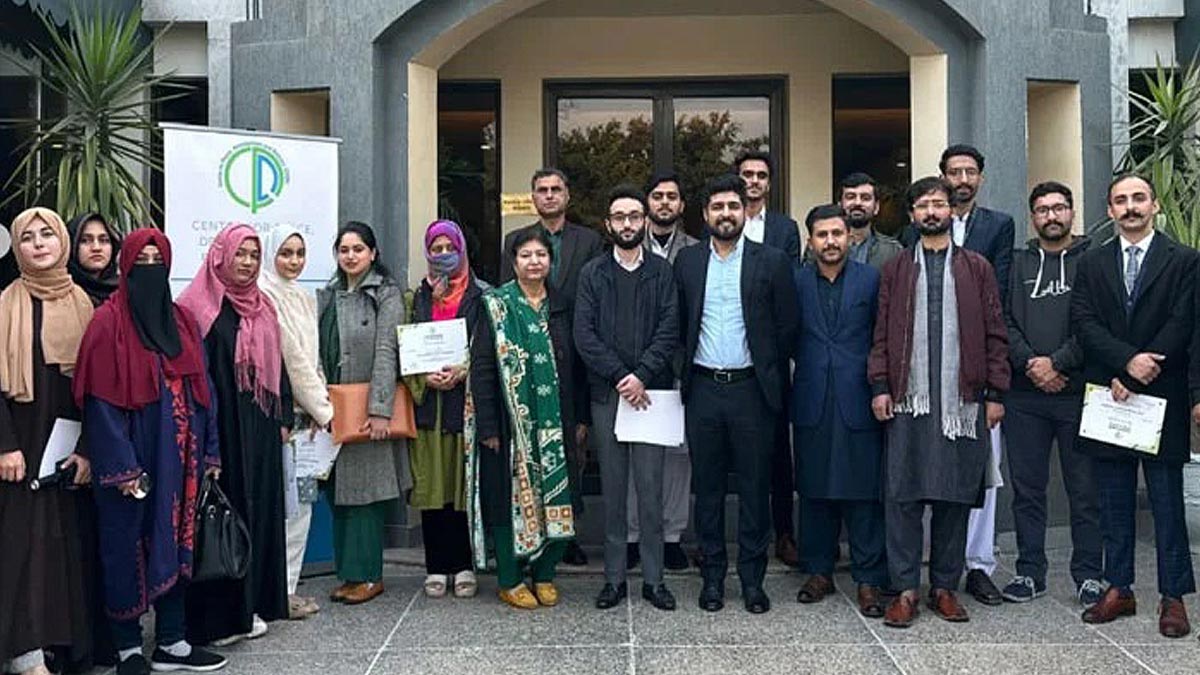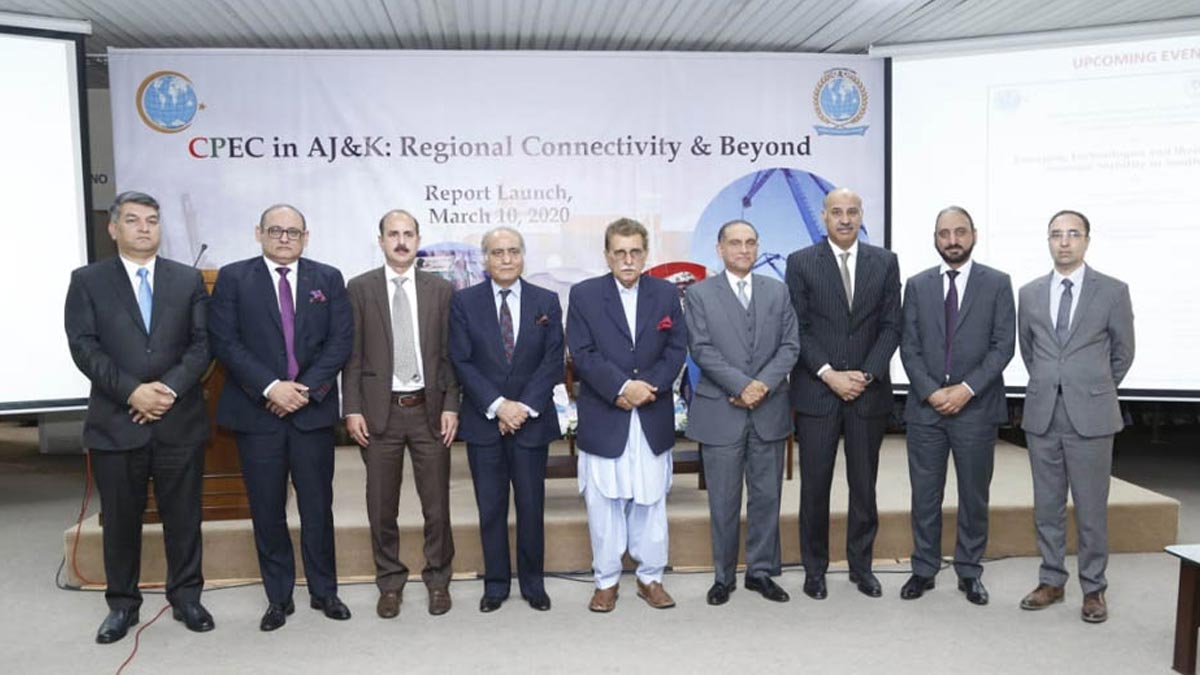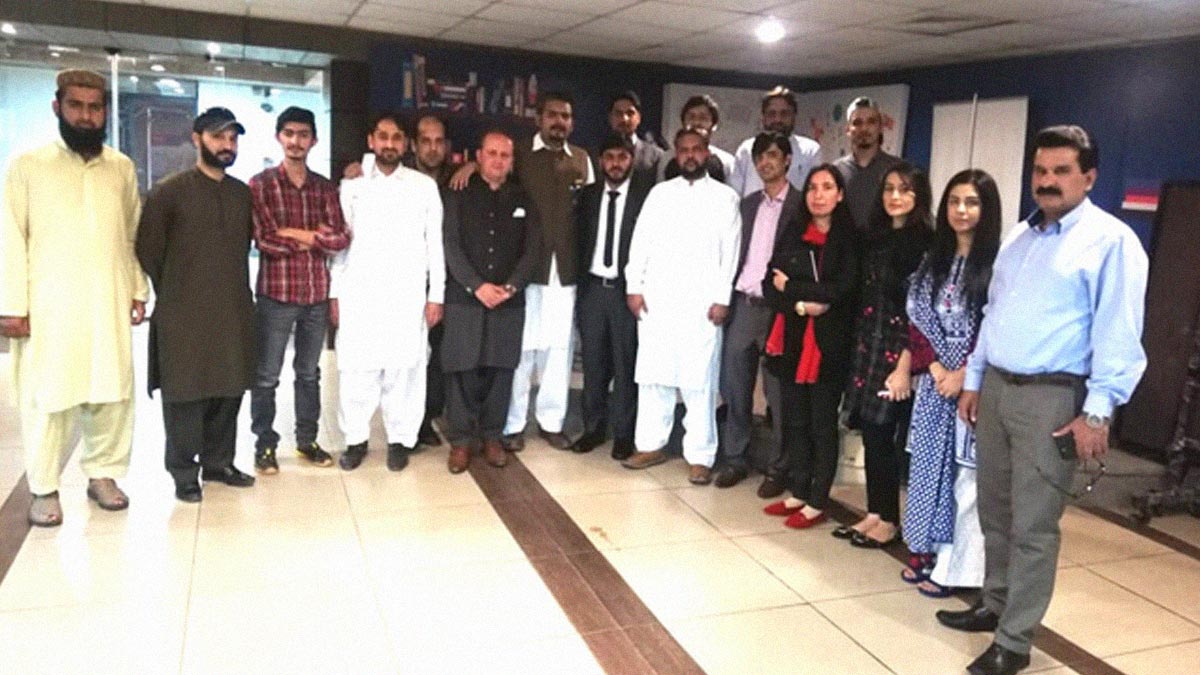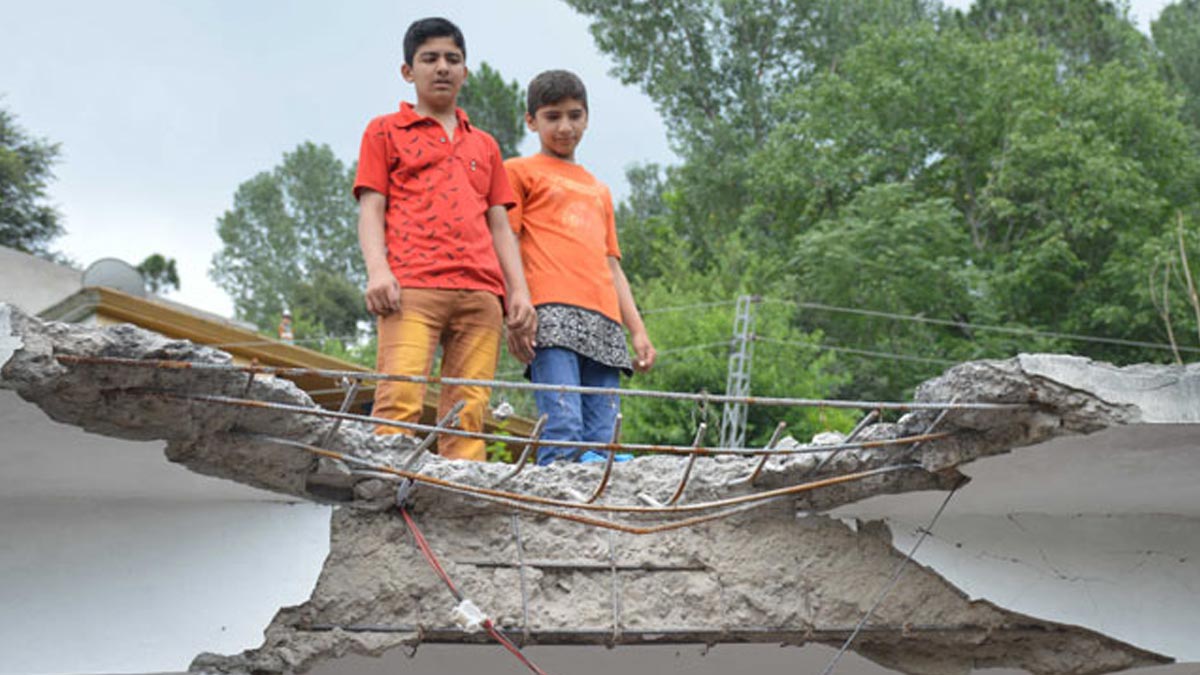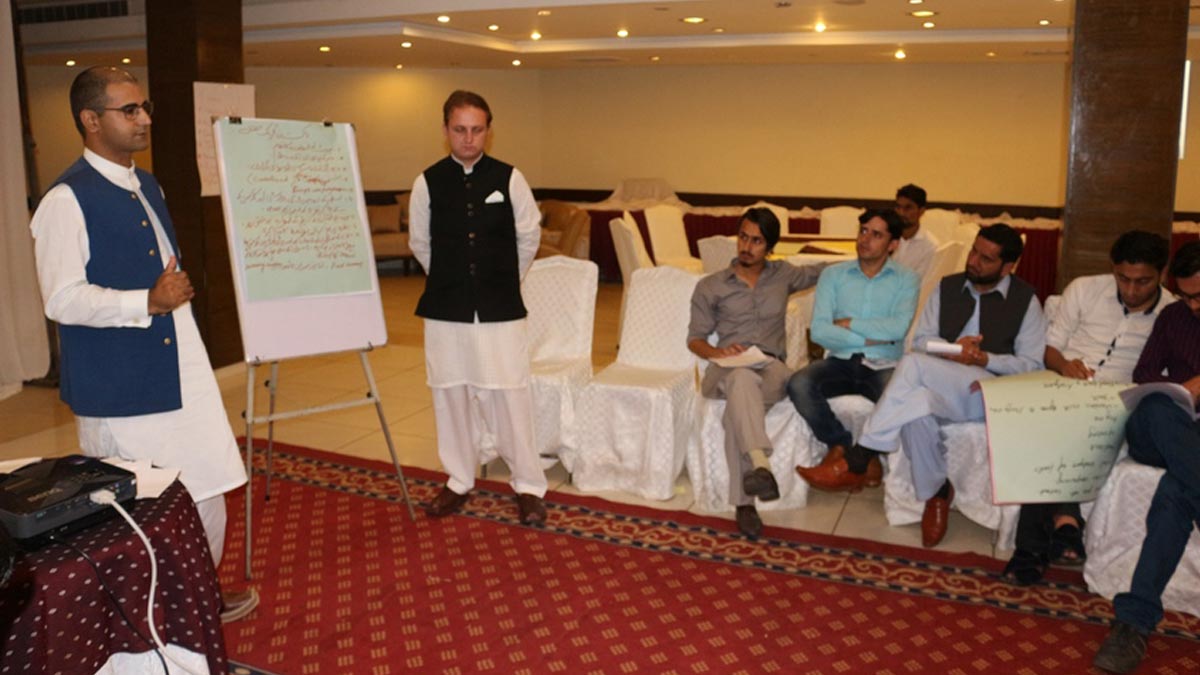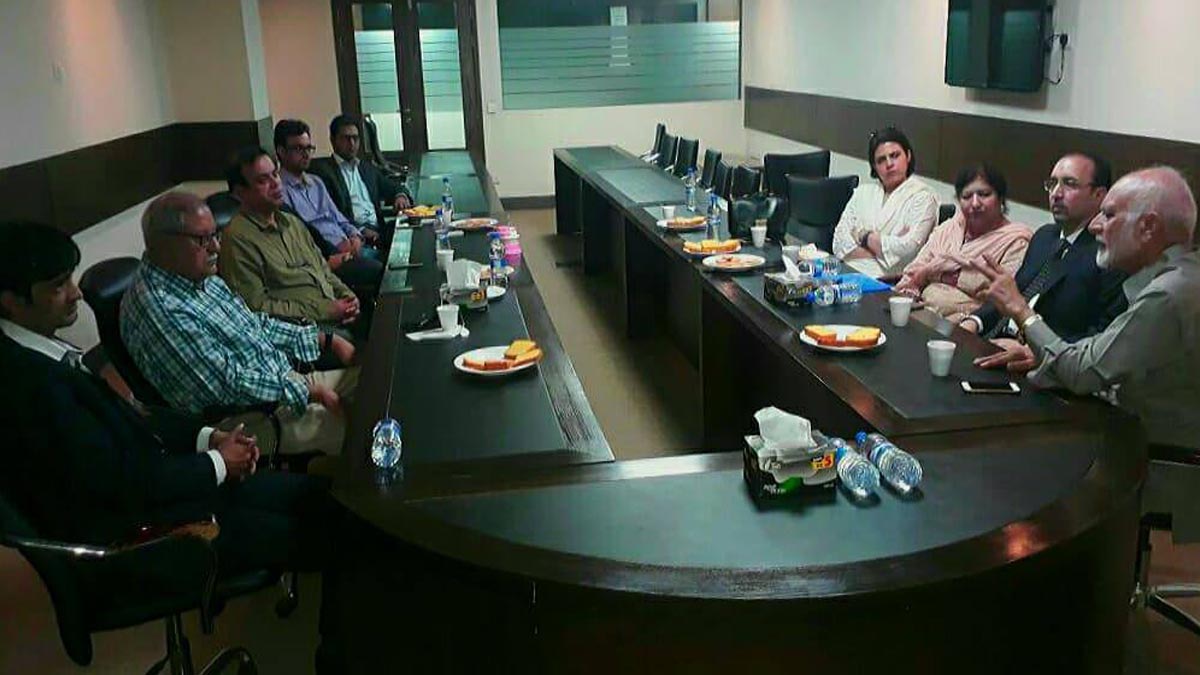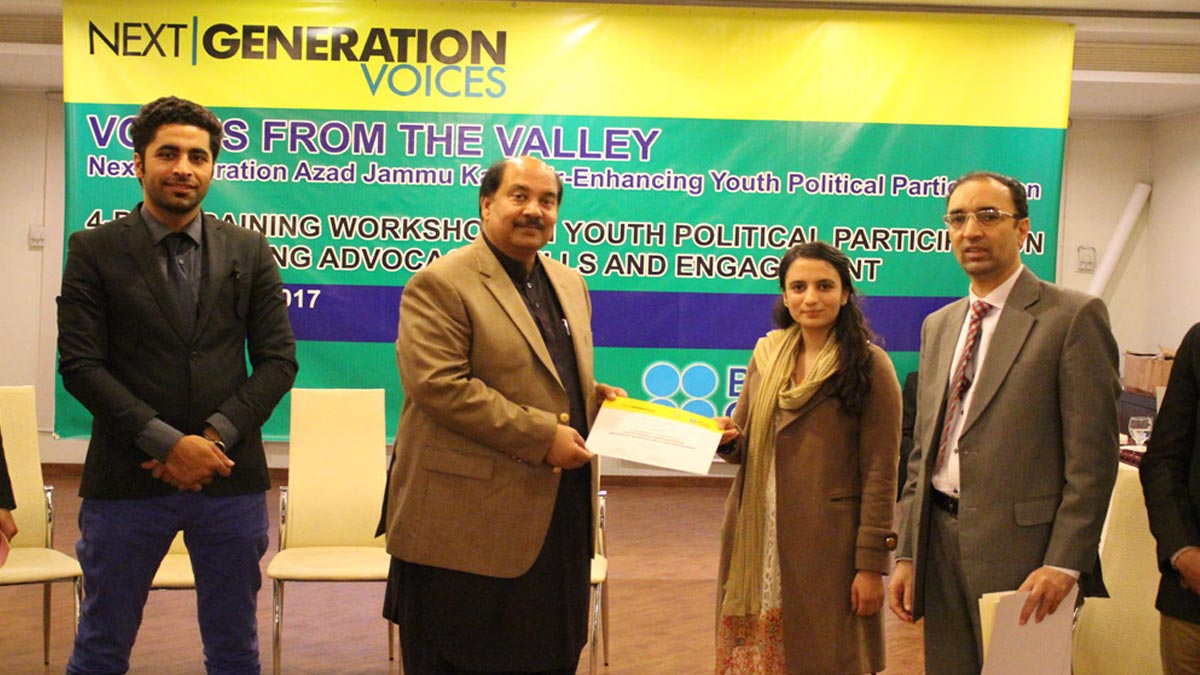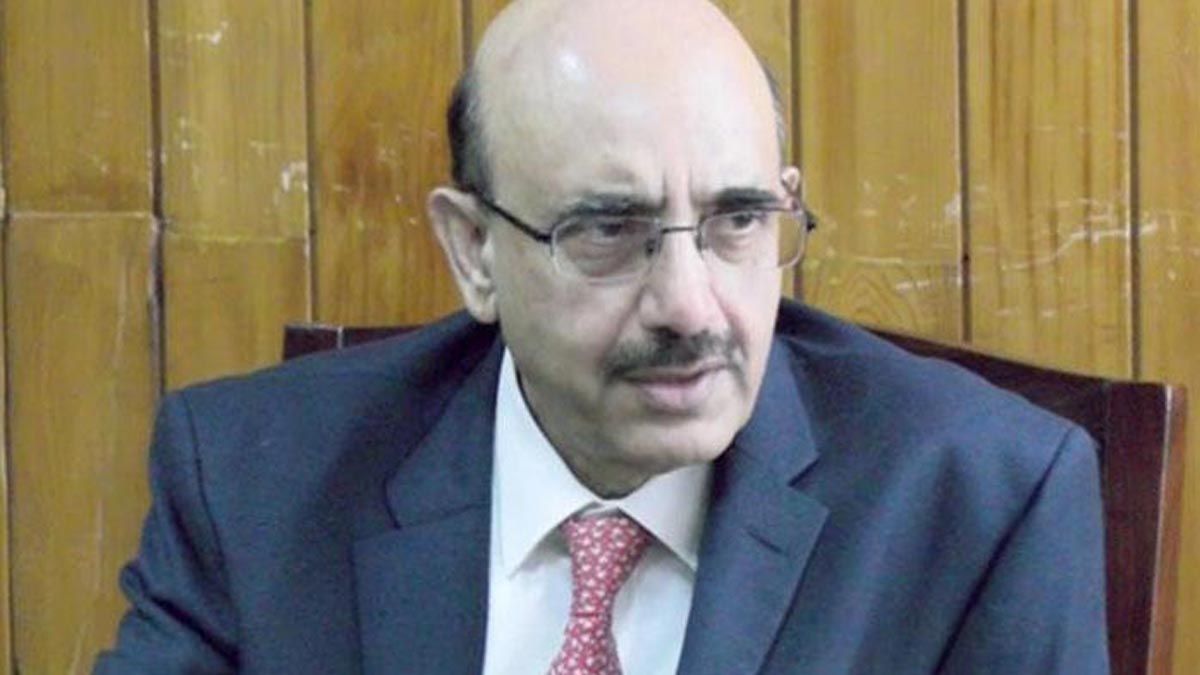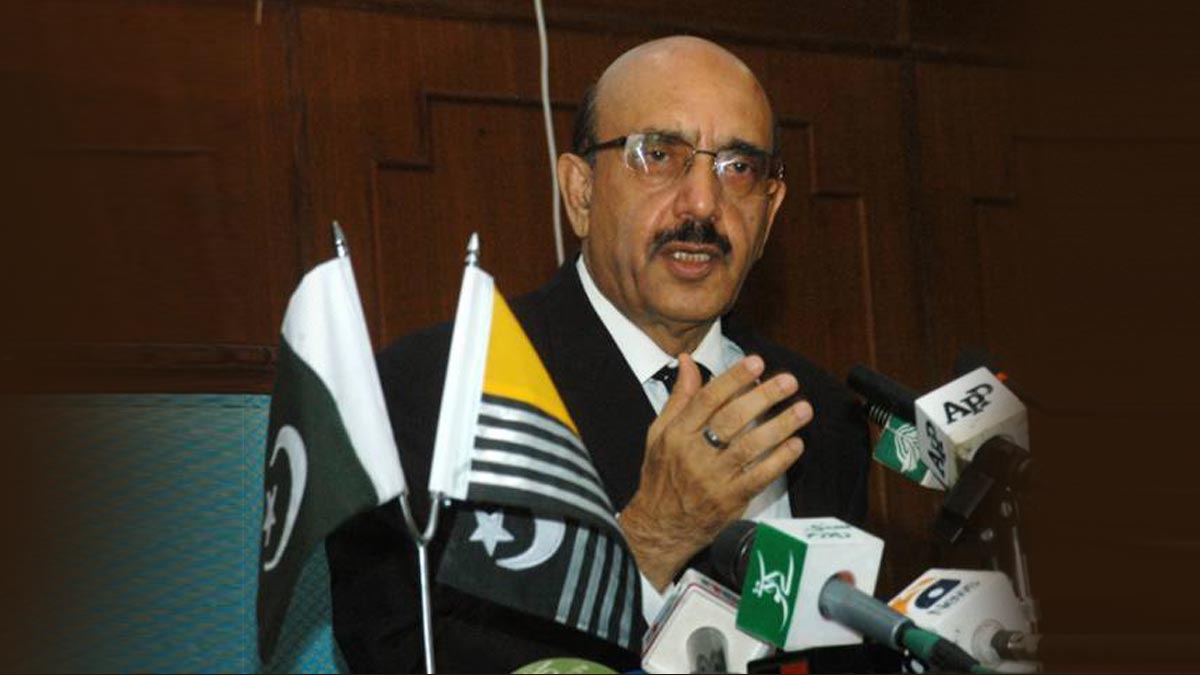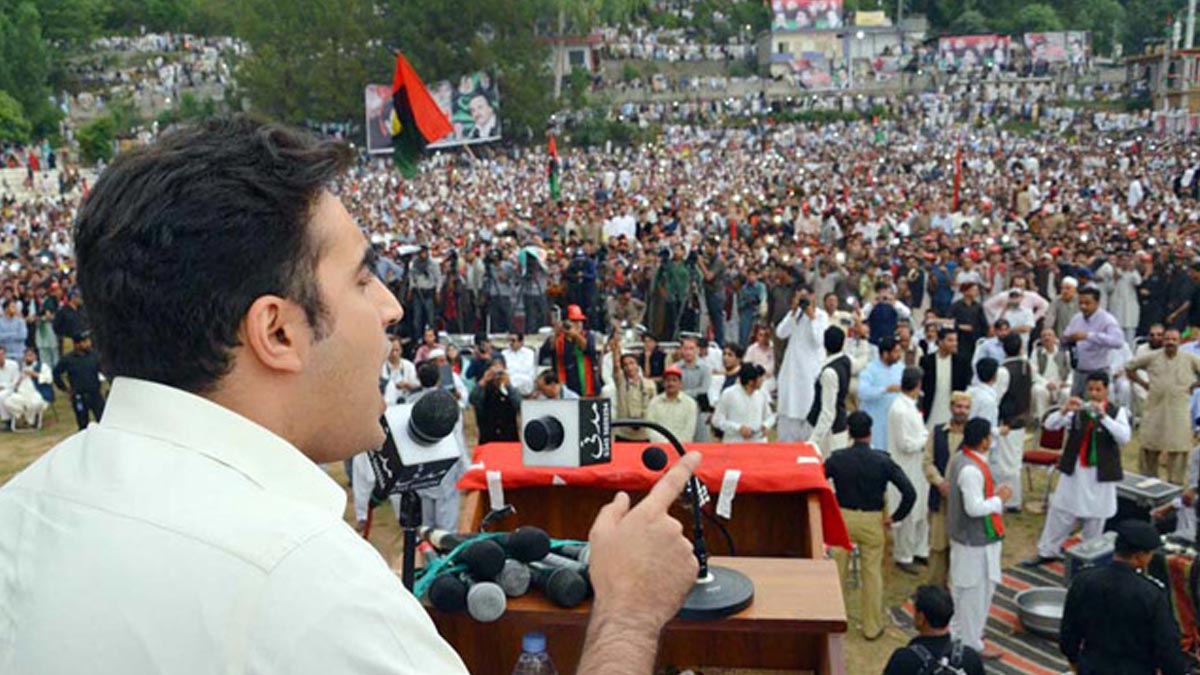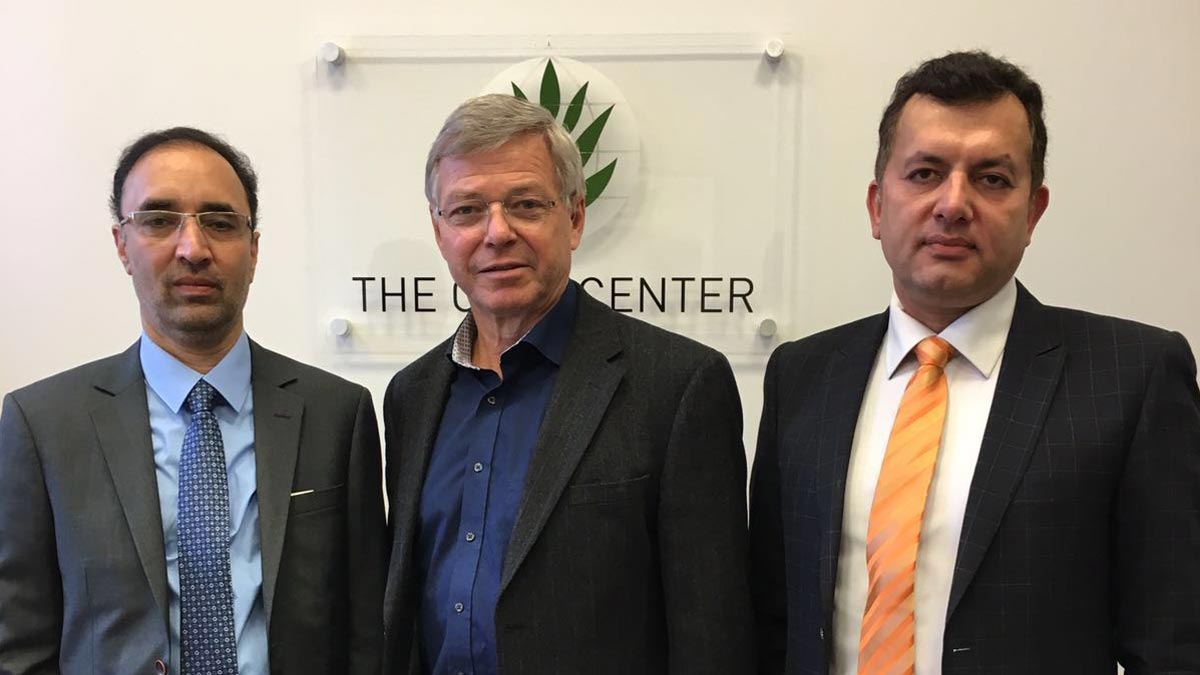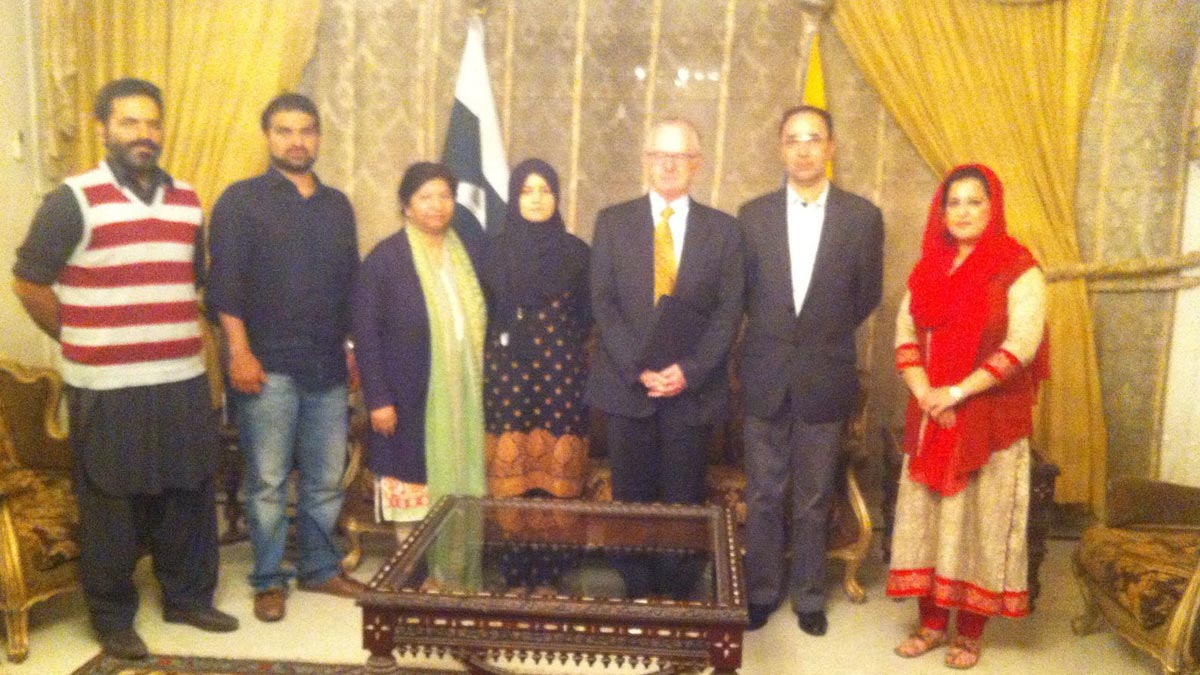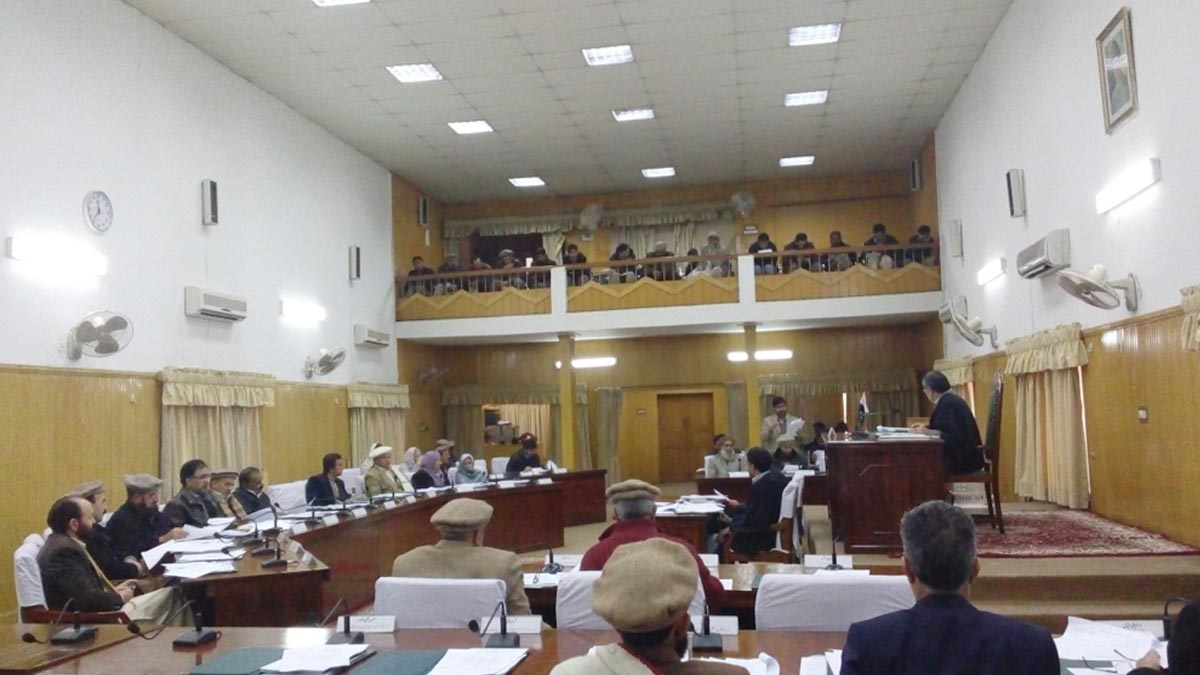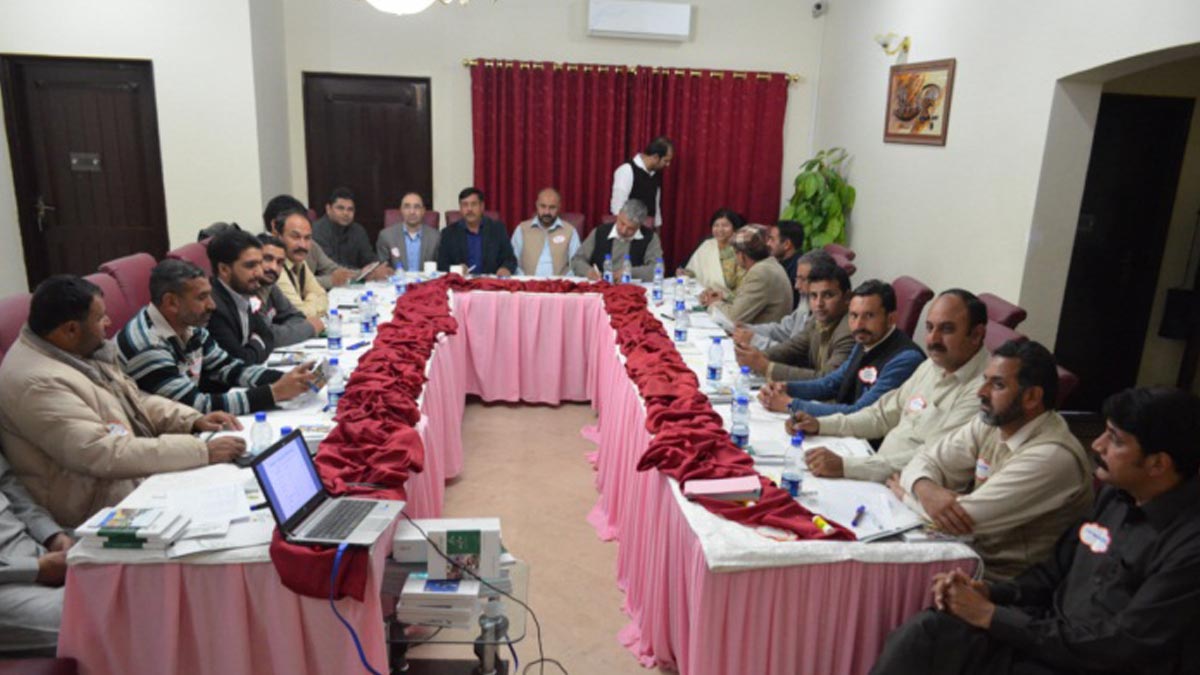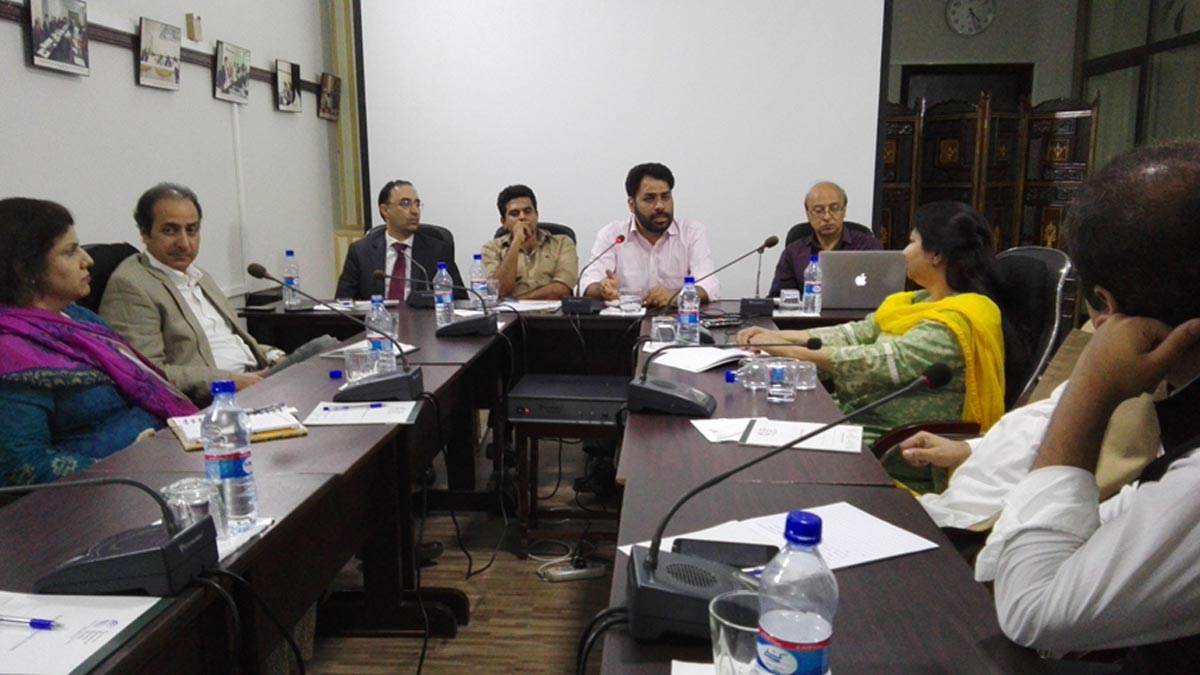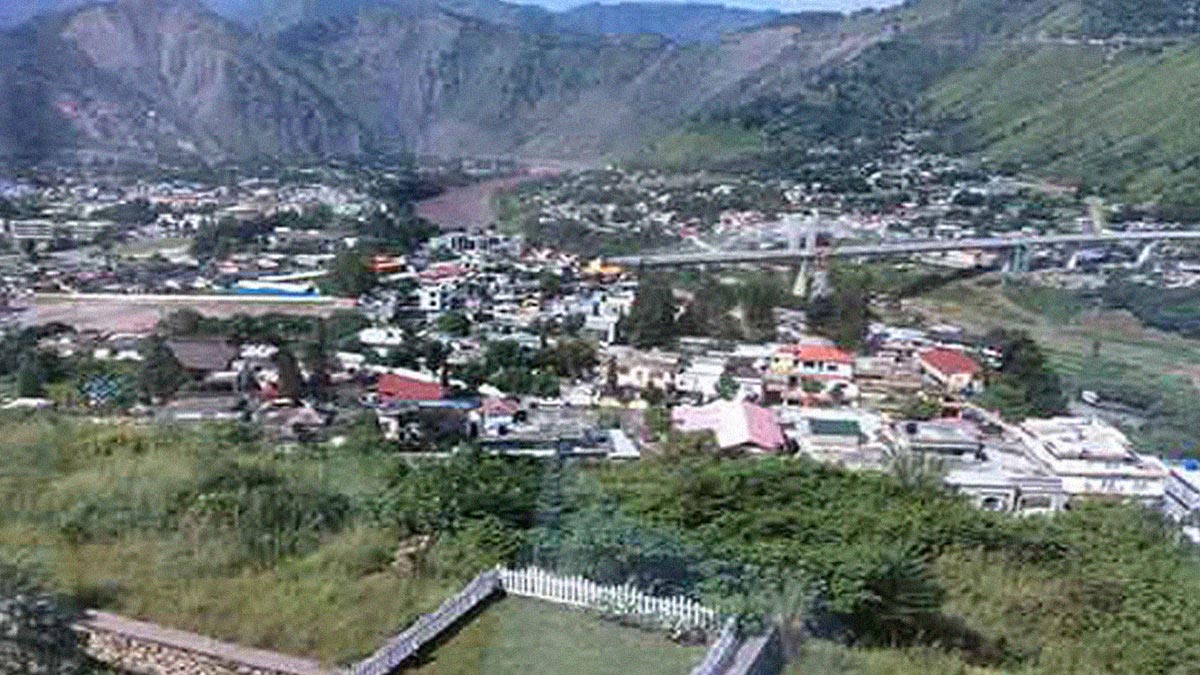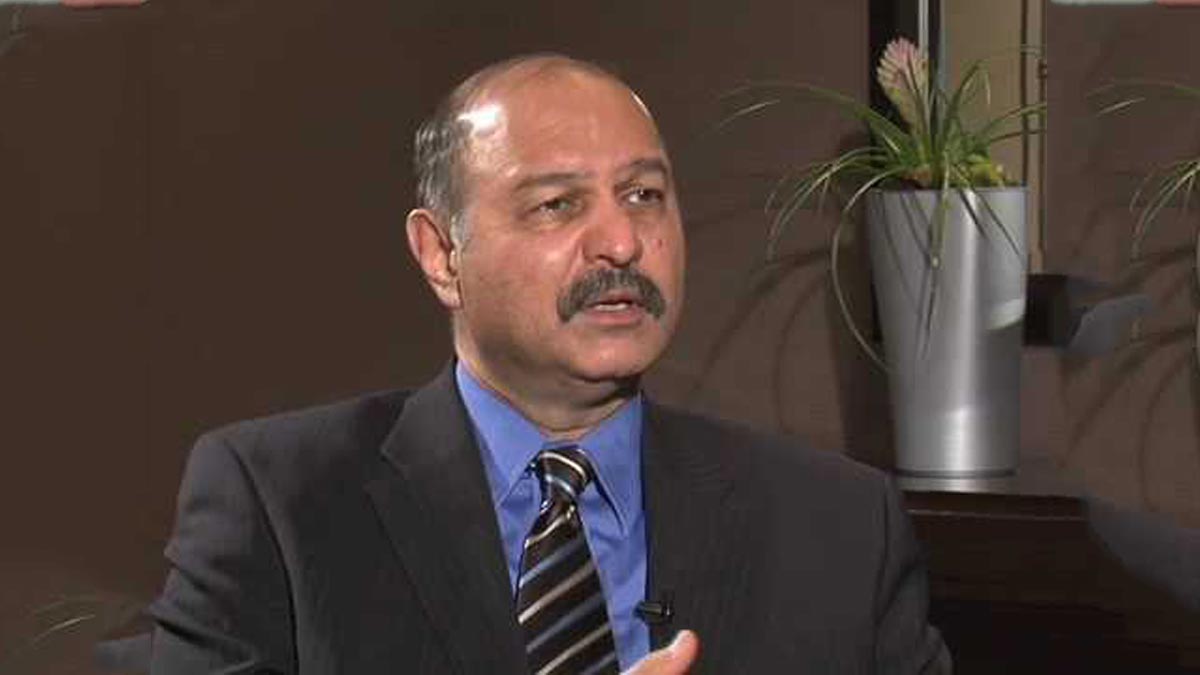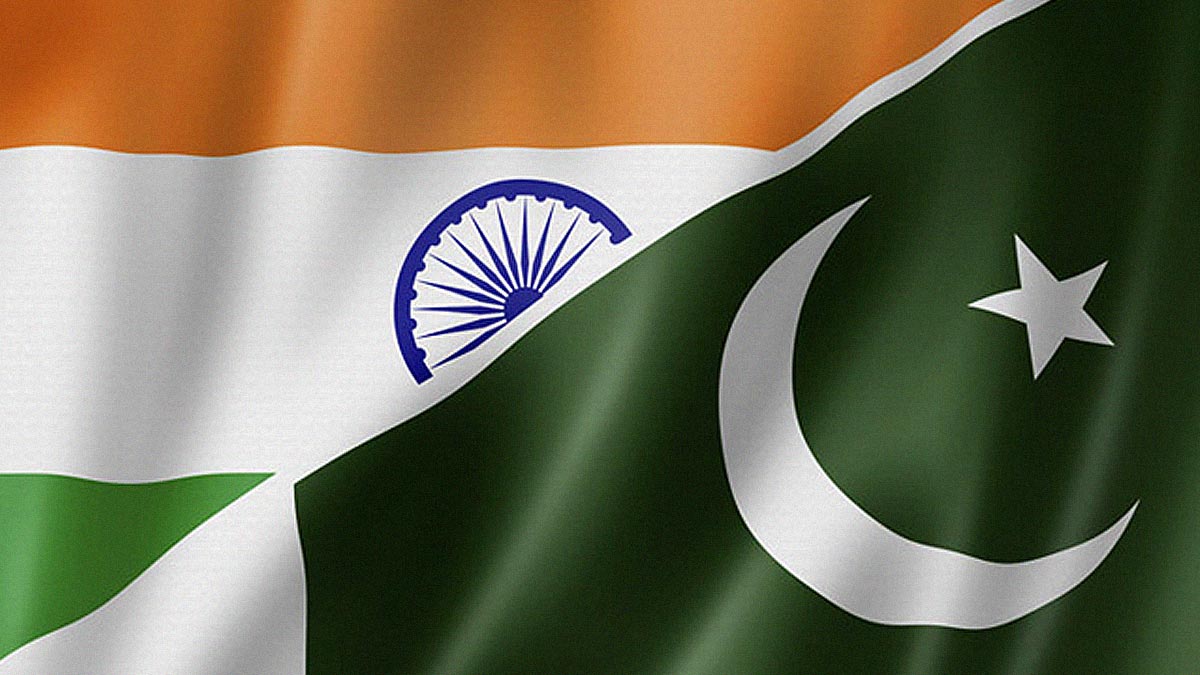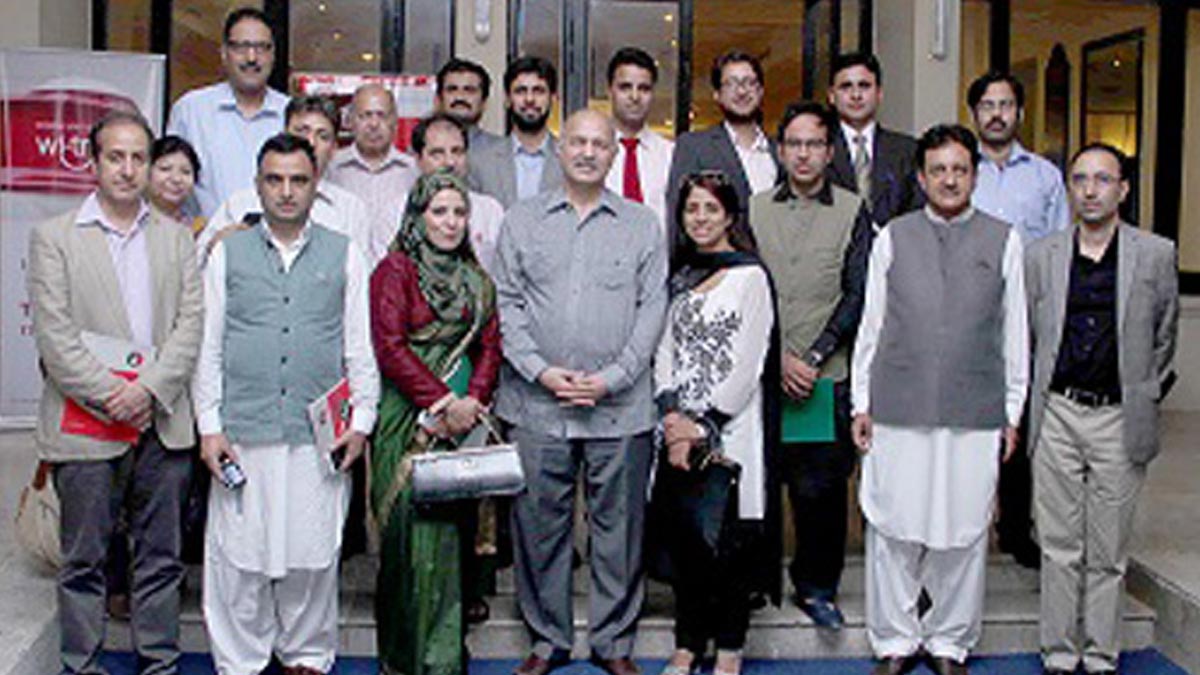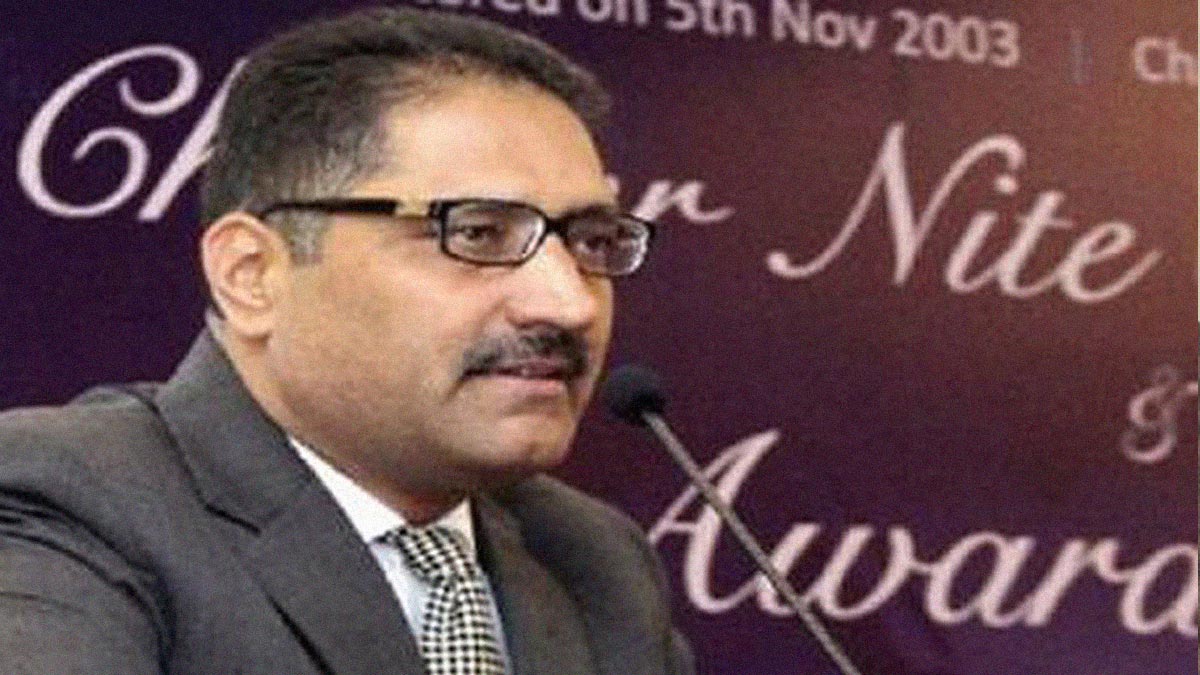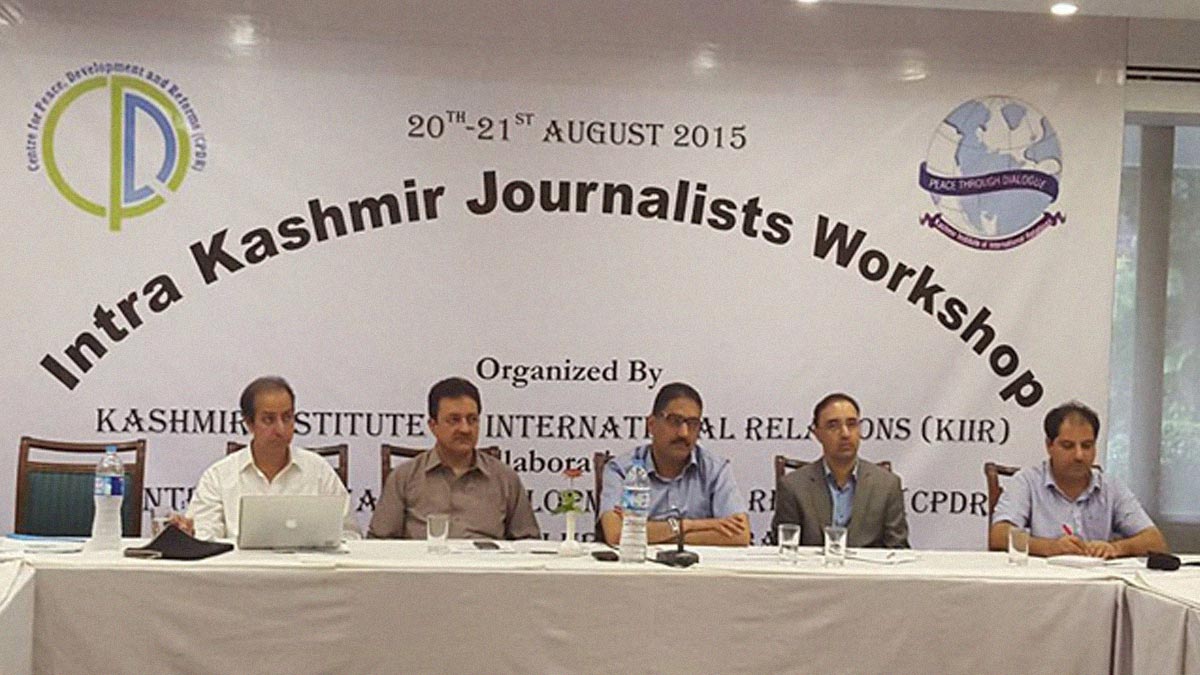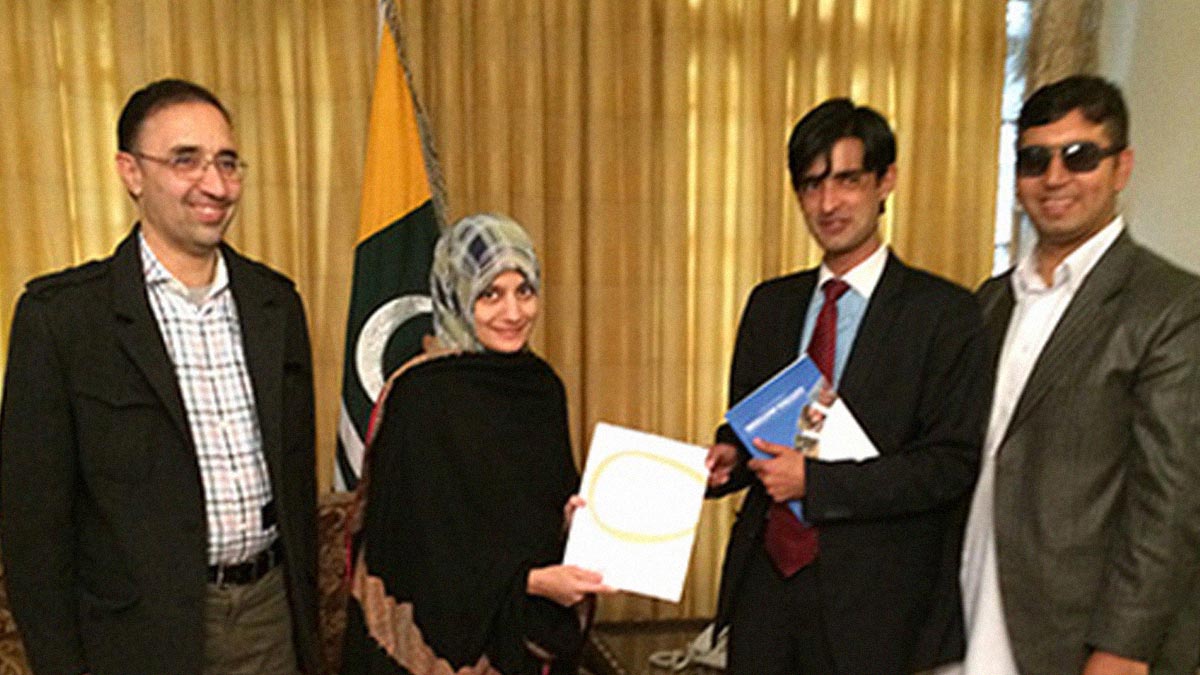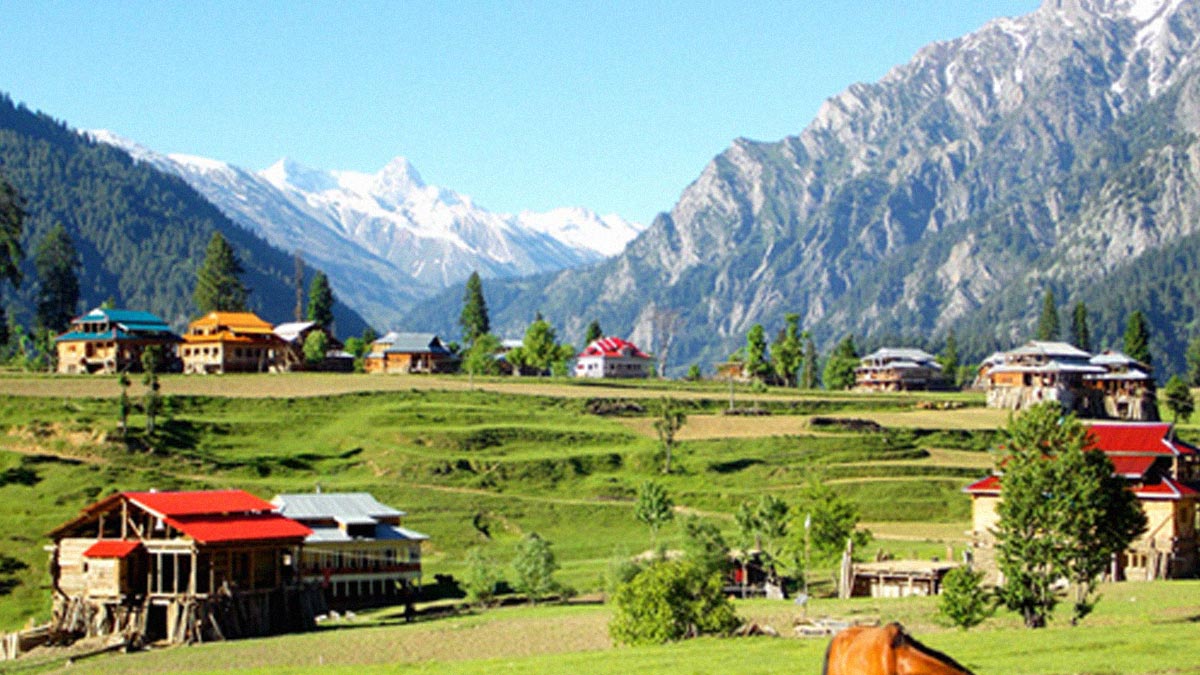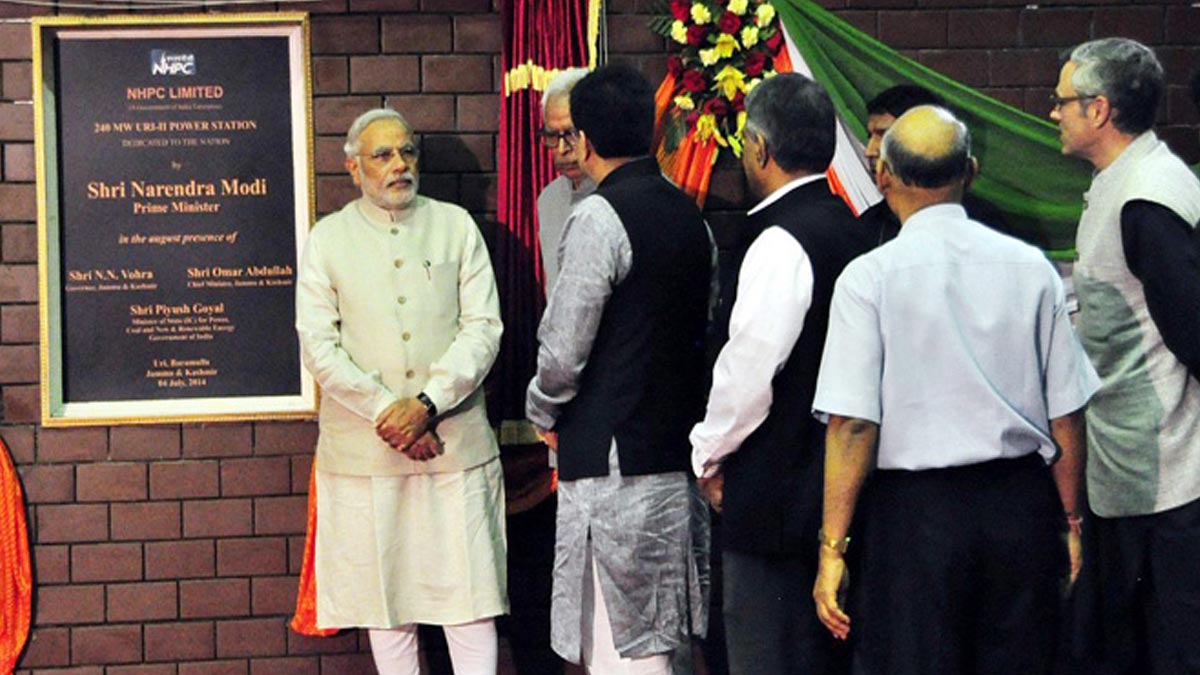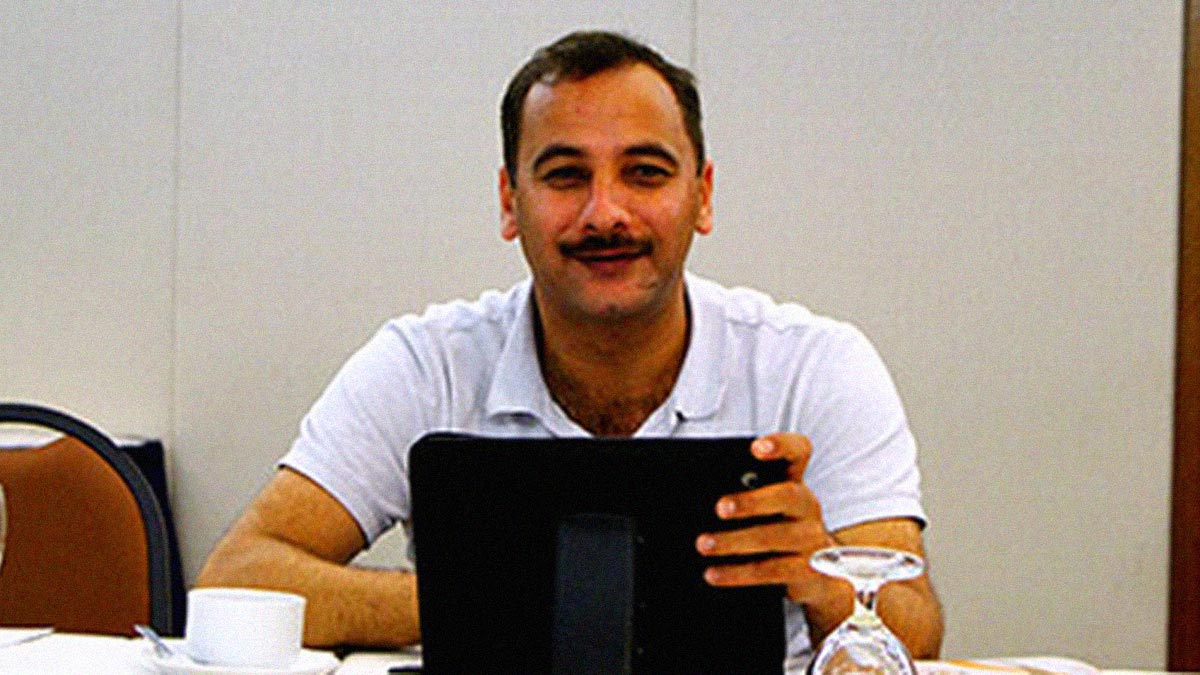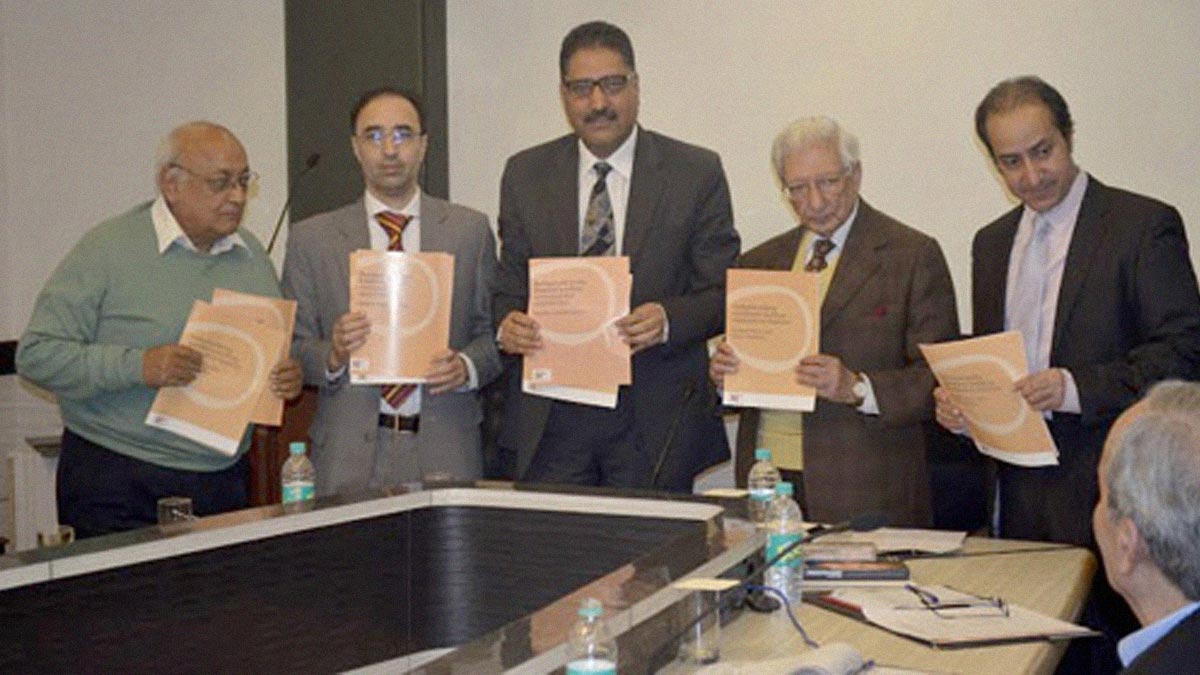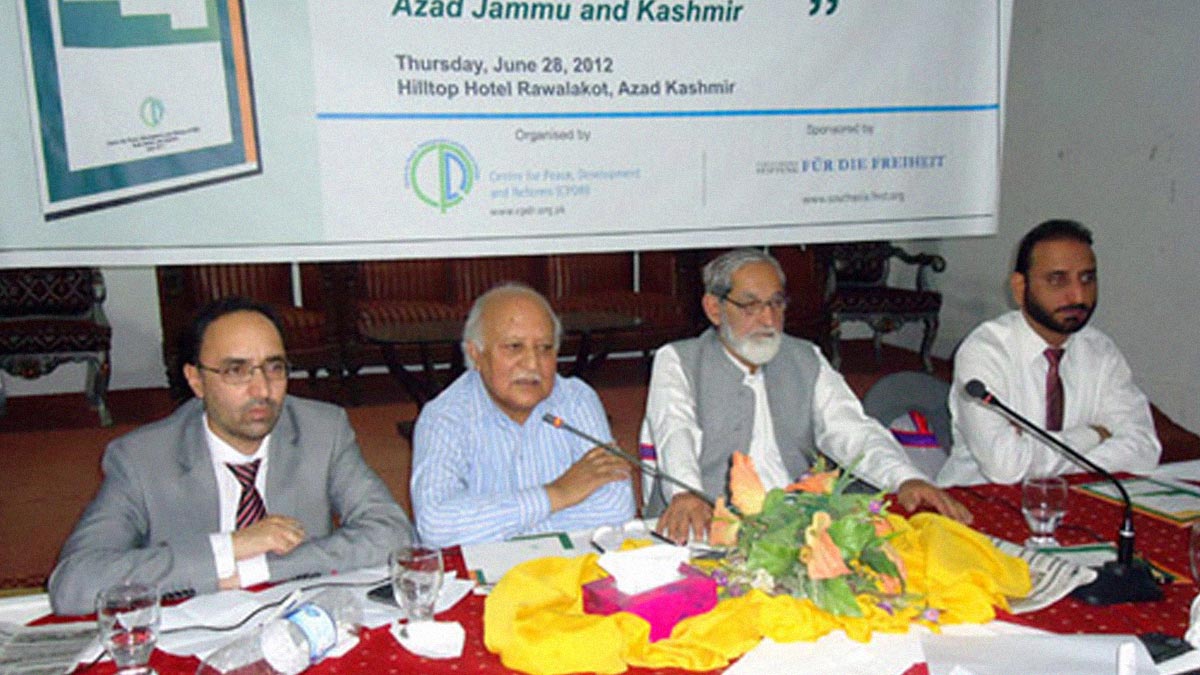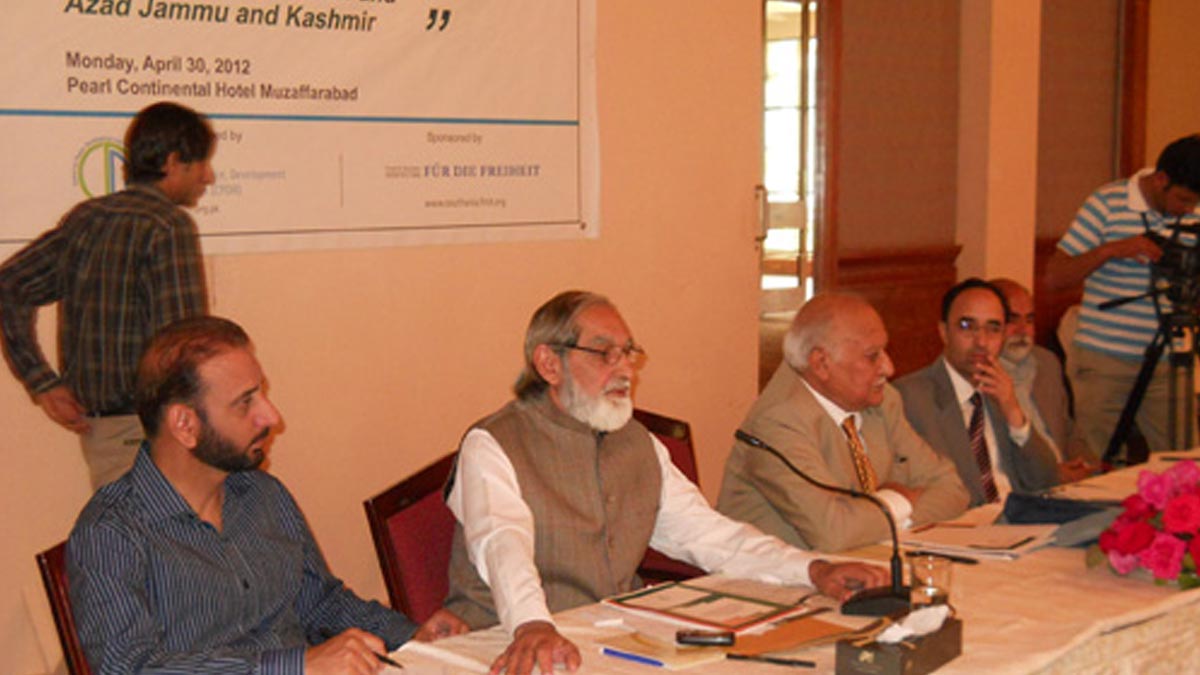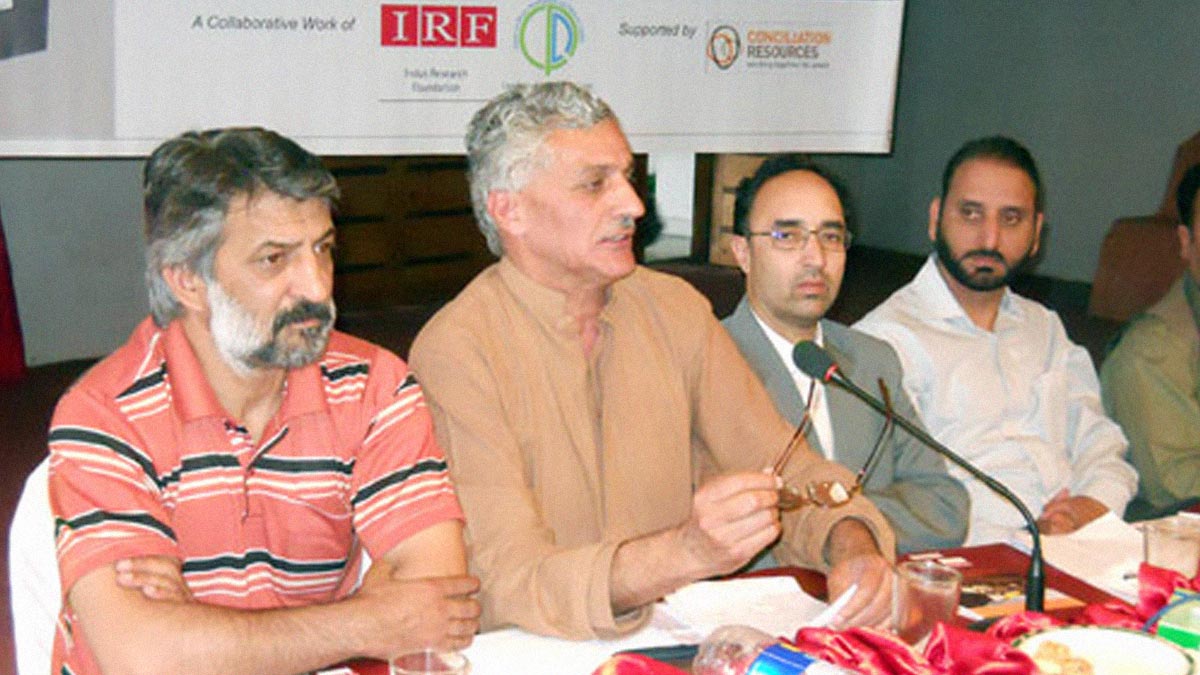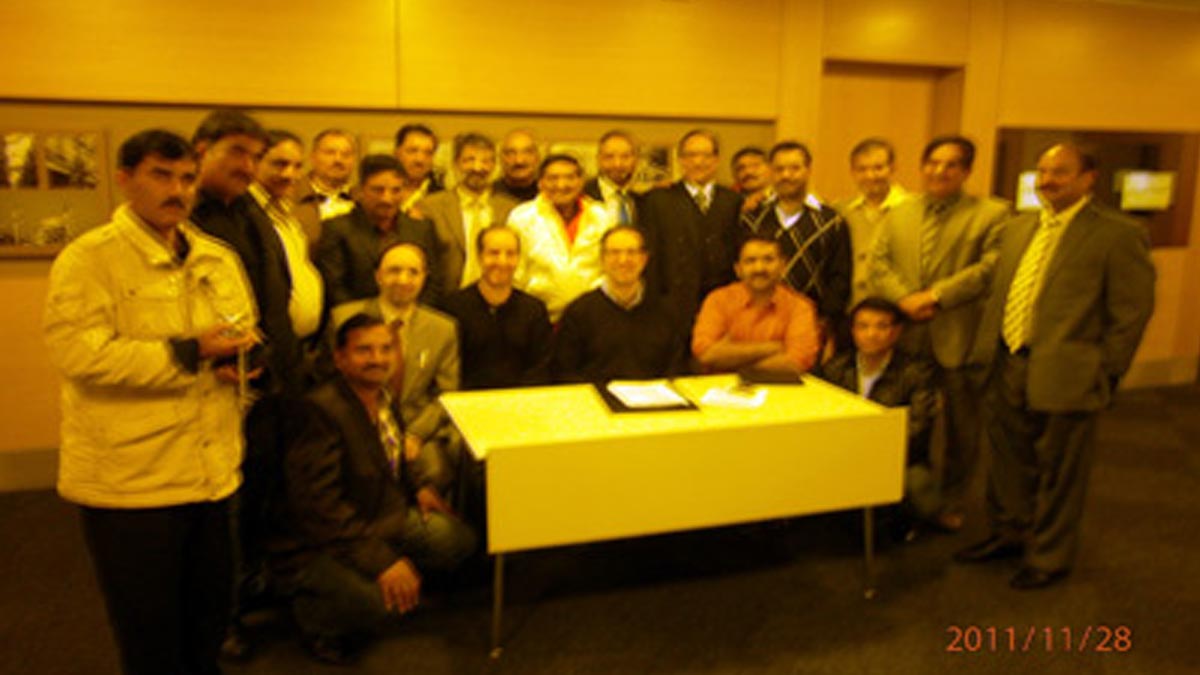- February 11, 2018
- @admin
- 0
- 11th February 2018
- Ershad Mahmud
Pak-India clashes across the Line of Control have become more intensive as the physical, psychological and emotional damage and trauma remain undocumented.
Hardly a day goes by without civilians being hit by the exchange of fire between India and Pakistan along the Line of Control (LoC) in Azad Jammu and Kashmir. However, the last month has witnessed an unparalleled rise in casualties which largely remained unreported due to domestic political wrangling. However, vernacular press and social media sites are bustling with heart-rending stories of displacement, massive destruction and killings of innocent children and women.
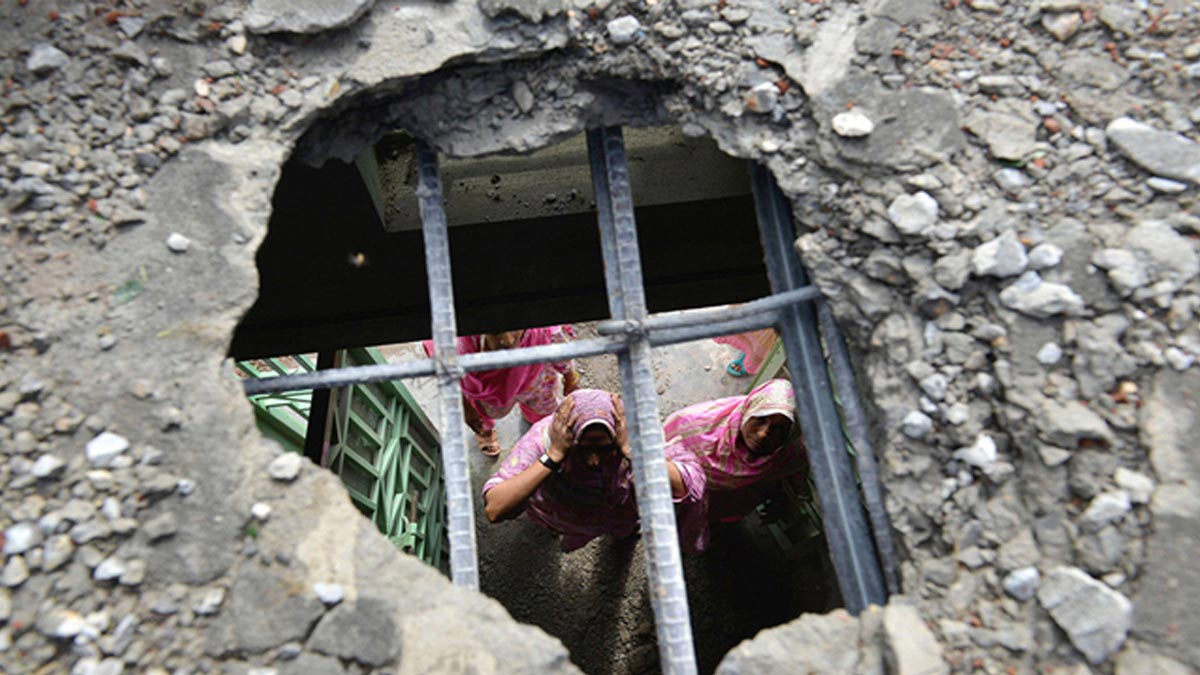
It is a tragic reality that the inhabitants of 789-km long Line of Control are the forgotten citizens because authorities, as well as media, very rarely pay attention to their miseries. These people are continually living under the shadow of fear and death since the 1990s, but during the last month, cross-LoC clashes have become more intensive and a daily phenomenon. Heavy machineguns, guided missiles and even anti-tank weapons are being used on large scales. Merely in January, the Indian troops committed over 190 ceasefire violations wherein 13 civilians were killed, and 65 got injured, according to the Ministry of Foreign Affairs Pakistan.
The November 2003 ceasefire along the LoC was mainly sustained until the government of Bharatiya Janata Party (BJP) came to power in New Delhi in 2014. The BJP government empowered the local military commanders to ‘respond’ to Pakistan at their will. Previously, the military commanders required permission from senior officials sitting in New Delhi before initiating fire or resorting to retaliation. It has given a license to the Indian troops to fire at the Pakistani forces, under any pretext, without fear of any accountability.
The physical damages and the psychological and emotional trauma have not been properly documented so far. The government rarely highlights the issue of LoC, fearing that it might divert world’s attention from the Kashmir Valley which is the epicentre of the conflict.
The spread of population in this area is quite complicated and dangerous. It is widely stated that approximately 425,000 citizens are residing in the areas surrounding the Line of Control. At some points, local mud houses are quite close to the Indian military bunkers. In many regions, Pakistani forces and their bunkers are situated beyond the population. In some cases, residential dwellings are even located between the LoC barbed wires and the military bunkers.
TNS asked some of the local people why they do not move towards the secure places such as nearby towns or cities? Most of the respondents were of the view that they had been living in this area for centuries, and cannot even imagine vacating their hometown.
Muhammad Kafil, 29, a resident of Chakothi, a border village in Muzaffarabad, exclaimed, “I was born and bred here, and this soul would be buried alongside my parents.”
The physical damages and the psychological and emotional trauma have not been properly documented so far. The government rarely highlights the issue of LoC, fearing that it might divert world’s attention from the Kashmir Valley which is the epicentre of the conflict. Besides this, the inhabitants of LoC have got no credible voice in the political sphere or media. Local journalists require prior permission to visit these places while foreign journalists are not allowed to cover the happening along the LoC at all. Despite having offices in Srinagar and Rawalpindi, the United Nations Military Observers Group in India and Pakistan (UNMOGIP) is not allowed by India to monitor LoC since the Simla Agreement was signed in 1972.
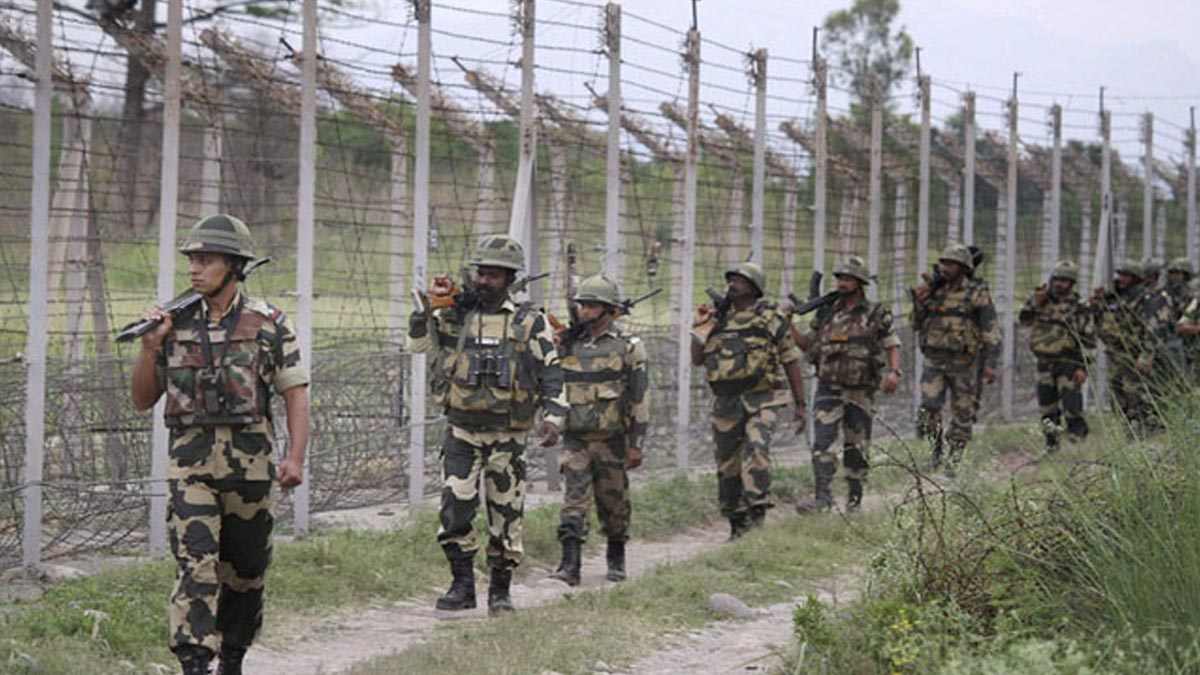
The damages are not limited only to Azad Jammu and Kashmir. Talking about the impact of escalation in Indian held Kashmir, former Indian Air Vice Marshal Kapil Kak states that the death toll in January alone equalled that of the entire 2017, a year which itself witnessed a six-fold increase in ceasefire violations as compared to 2015. Inevitably, the latest flare-up compelled over 40,000 residents to abandon homes — impacting women, children and elderly the most.
It is a matter of fact that both counties have miserably failed to sort out their outstanding issues, particularly border management in the Kashmir region. In the past few months, Pakistan has frequently summoned Indian Deputy High Commissioner to lodge its protest against ceasefire violations but to no avail. India and Pakistan had long ago devised a mechanism to resolve issues at the level of Director General of Military Operations (DGMO) mainly related to border security. However, both DGMOs have not used this mechanism to reduce tension. Despite talking over hotline, both DGMOs have not met since December 2013. Lamentably, the 2013’s meeting took place after a break of 14 years.
The statements emanating from Islamabad and New Delhi show that both countries are walking on a dangerous path, and either intentionally or unintentionally playing with the fire. In December last year, Pakistan’s National Security Advisor, Lt Gen (retd) Nasser Khan Janjua, while speaking at a seminar, stated that “the stability of the South Asian region is extremely uncertain and the possibility of a nuclear war cannot be ruled out”. On January 15, Gen. Bipin Rawat, the Indian Army Chief, responded in the same coin. He stated that “Pakistan’s nuclear bogey will be thoroughly exposed if it comes to war. If given the task, we will not say we cannot cross the border because they have nuclear weapons.”
The verbal brinkmanship reached its zenith when Pakistan Foreign Minister Khawaja Muhammad Asif termed Gen Rawat’s remarks as irresponsible statements amounting to an invitation for a nuclear encounter. “If that is what they desire, they are welcome to test our resolve,” he tweeted.
To break the logjam, civil society groups from both sides of LoC have put forward several suggestions; such as both countries remove heavy artillery from the advance posts that are responsible for the killing of hundreds of people and make it mandatory for the troops to get a political consent from the authorities before resorting to firing. A meeting of DGMOs and Pakistan-India Joint Working Group on cross-LoC Confidence Building Measures is long overdue to resolve issues related to resumption of ceasefire and finding some new initiatives to reduce tension and improve stability in the region.
Medial Link: Click Here
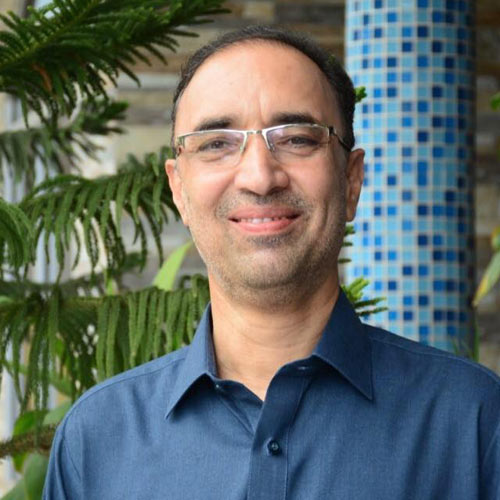
Ershad Mahmud
The writer is a freelance contributor. He can be reached at:


